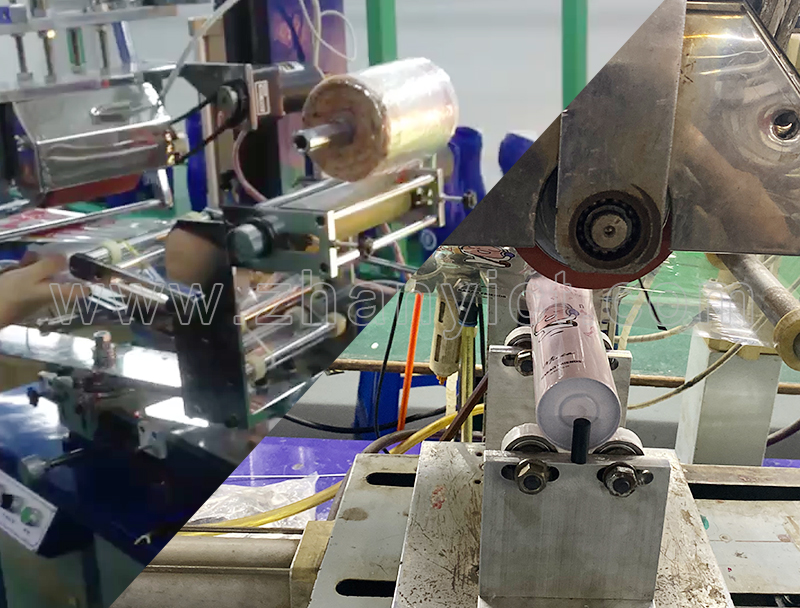Comprehensive Analysis of Printing Techniques in the Water Bottle Industry (Part 2: Comparison of Mainstream Printing Techniques)
"There's a story in every cup, warmth in every life." Hello everyone, "Dong Dong's Cup Talk" is here. From the 1.0 era to the current 6.0 era in the water bottle industry, significant changes have taken place in functionality, styles, http://www.zhanyict.com/en/ProductsDetail-VB-10436.htmlmaterials, patterns, and sales methods. Today, we’ll explore the various printing techniques used in the water bottle industry.
Attentive consumers may have noticed that the designs on water bottles in the market today are more diverse and personalized. http://www.zhanyict.com/en/ProductsDetail-VB-10436.htmlThese designs are achieved through different printing techniques. Given the extensive content to cover, we’ll break it down into several standalone articles. If you enjoy our content, please give us a thumbs-up—your support means a lot!
In the field of water bottle manufacturing, the choice of printing technique directly impacts the product’s appearance, durability, and market competitiveness. Different materials (stainless steel, plastic, glass) have distinct requirements for printing techniques, while the complexity of the design (single-color logos, realistic photographs, http://www.zhanyict.com/en/ProductsDetail-VB-10436.htmlembossed textures, etc.) further influences the suitability of the technique. Here, we’ll systematically analyze the core technologies of water bottle printing from four dimensions: technical principles, material compatibility, 3D effect realization, and adhesion reliability.
1. Technical Characteristics and Pros/Cons of Mainstream Printing Techniques
Roll Printing (Single/Multi-color)
- Principle: Continuous transfer of patterns onto the bottle body via rotating rollers.
- Compatible Materials: http://www.zhanyict.com/en/ProductsDetail-VB-10436.htmlCylindrical stainless steel bottles, glass bottles.
- Features:
- Pros: High-speed mass production, ideal for standardized stripes/geometric patterns.
- Cons: Requires custom roller molds, making small-batch orders costly.
Heat Transfer Printing
- Principle: Thermal pressing fuses transfer film patterns onto the material surface.
- Compatible Materials: PP, Tritan plastic bottles (heat-resistant >150°C), http://www.zhanyict.com/en/ProductsDetail-VB-10436.htmlstainless steel (requires special coating).
- Features:
- Pros: Capable of high-definition, photo-quality patterns with over 95% color accuracy.
- Cons: High equipment investment; prone to stretching distortion on curved surfaces.

There are stories in the cup, and life has warmth. Choose a good factory to sell good water cups. We provide global OEM services for patented products and provide global OEM services with professional teams and high quality standards. Dongguan Zhan Yi Commodity Technology Co.,Ltd. specializes in high-quality cup and kettle products. We are willing to serve you wholeheartedly.